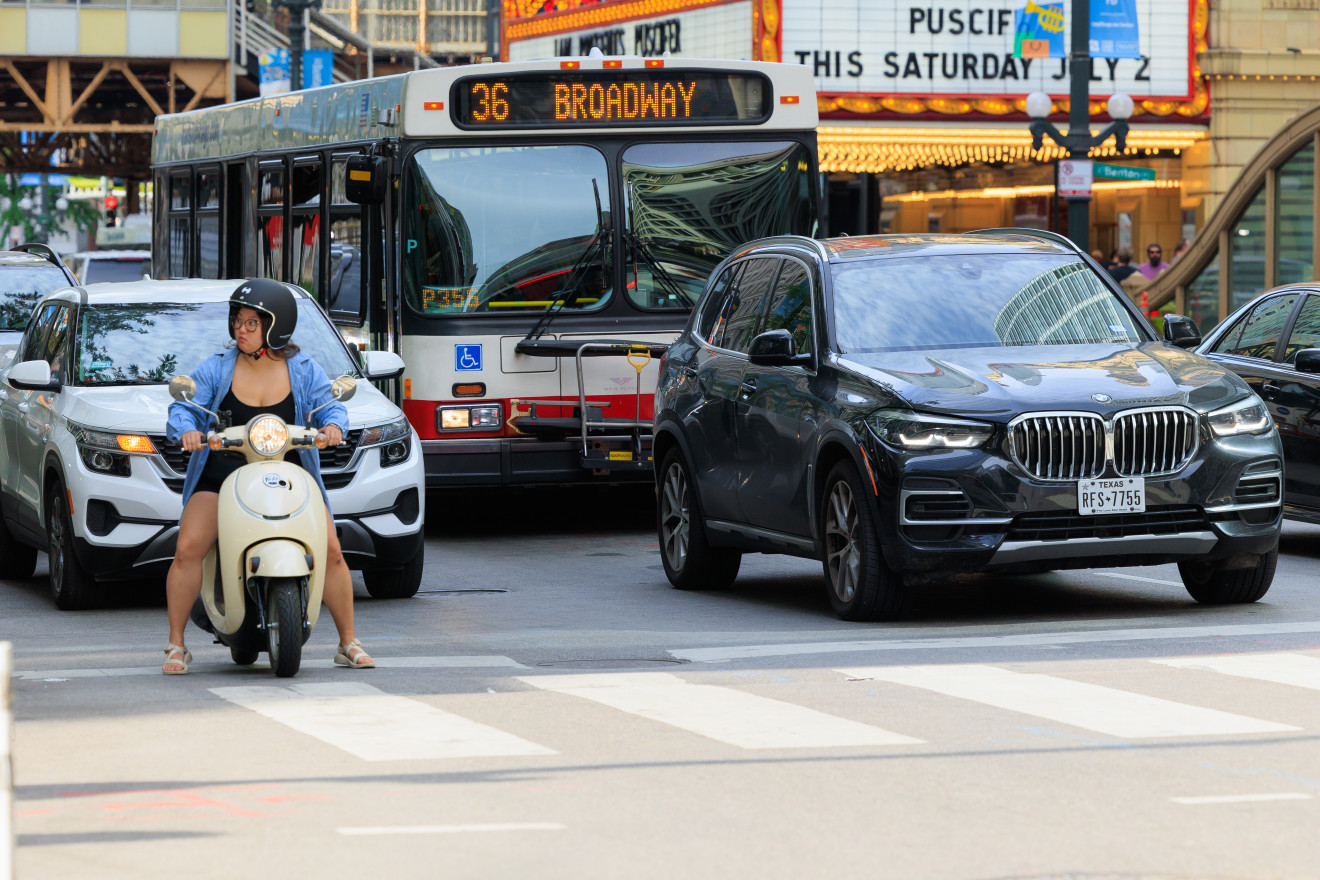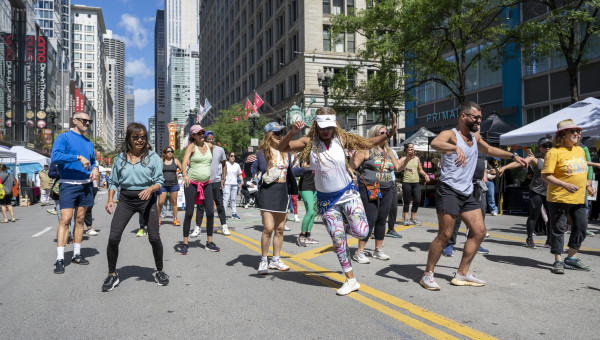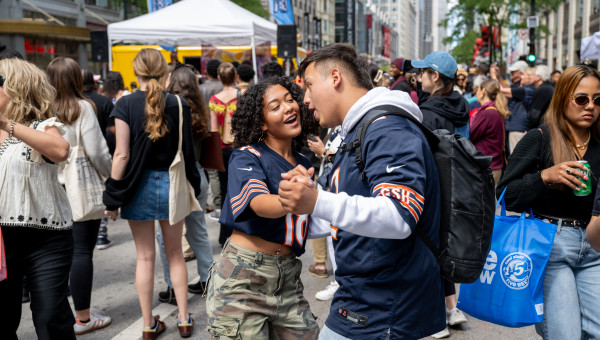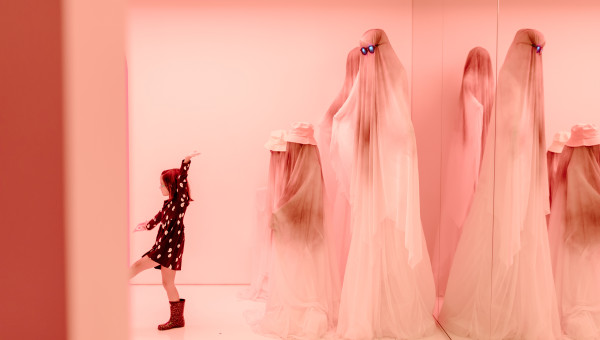Posted 2 months ago in Trending
4 MIN READ -- Chicago Loop Alliance (CLA) released its quarter three 2025 State of the Loop report on downtown activity, using a variety of data sources, produced by CLA since July 2020. The report tracks pedestrian and transportation activity, investment, retail, arts and culture, and more. View the quarter three (July-Sept. 2025) State of the Loop report here.
“Late summer and early fall continued the year’s trend of energy and investment in the Loop. This report showcases how economic activity, cultural programming, and infrastructure shifts are shaping the Loop’s next chapter,” said Michael Edwards, President & CEO of Chicago Loop Alliance. “Downtowns continue to be a driver of collaboration, and we’re heartened by offices’ commitment to the Loop as a workplace that fosters innovation.”
Economic Investment
Over 30 new dining experiences and retail stores recently opened or are set to open in 2025, including the popular Gap Factory Store on State Street. New investment in the Loop shows interest in serving hundreds of thousands of office workers and residents, and millions of tourists, positively contributing to the Loop’s economy.
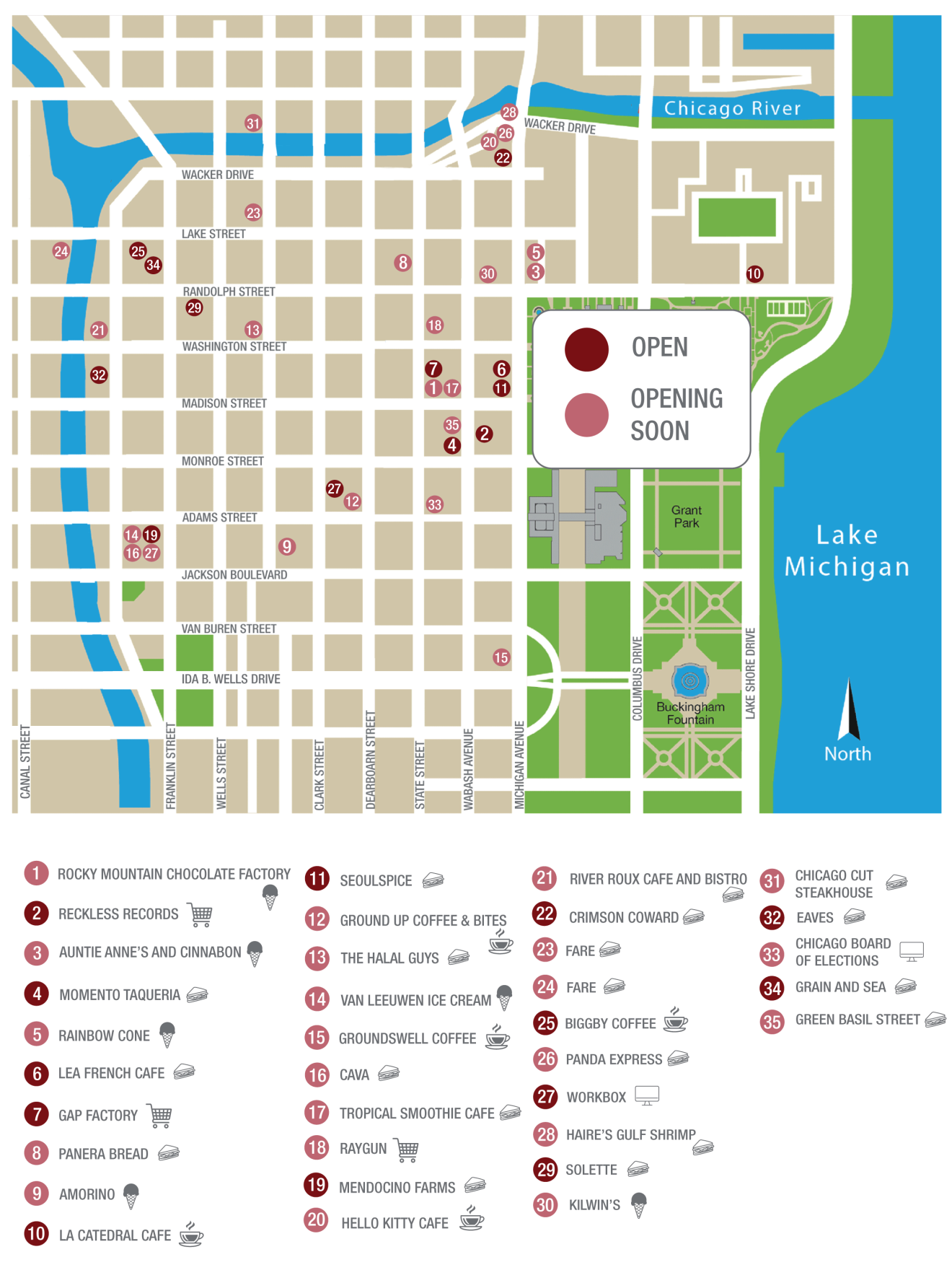
This summer drew significant enthusiasm for retail pop-ups. In July, a State Street pop-up accompanying the K-pop group, BLACKPINK’s, Soldier Field performance generated a multi-block line over three days. This event, along with a pop-up by metal group Avenged Sevenfold, provided additional proof of the opportunity to activate vacant storefronts on State Street and throughout the Loop.
Residential Development
New residential development and progressive parking policy led the Loop further into its evolving role as a complete urban district.
Adaptive reuse conversions continued as a part of the LaSalle Reimagined plan. Using money from the LaSalle Central TIF district, new plans have moved forward for 105 W. Adams and 30 N. LaSalle to be converted into residential units. Outside of LaSalle Reimagined, developers plan to convert the remaining office space in the historic Pittsfield Building into new residential units.
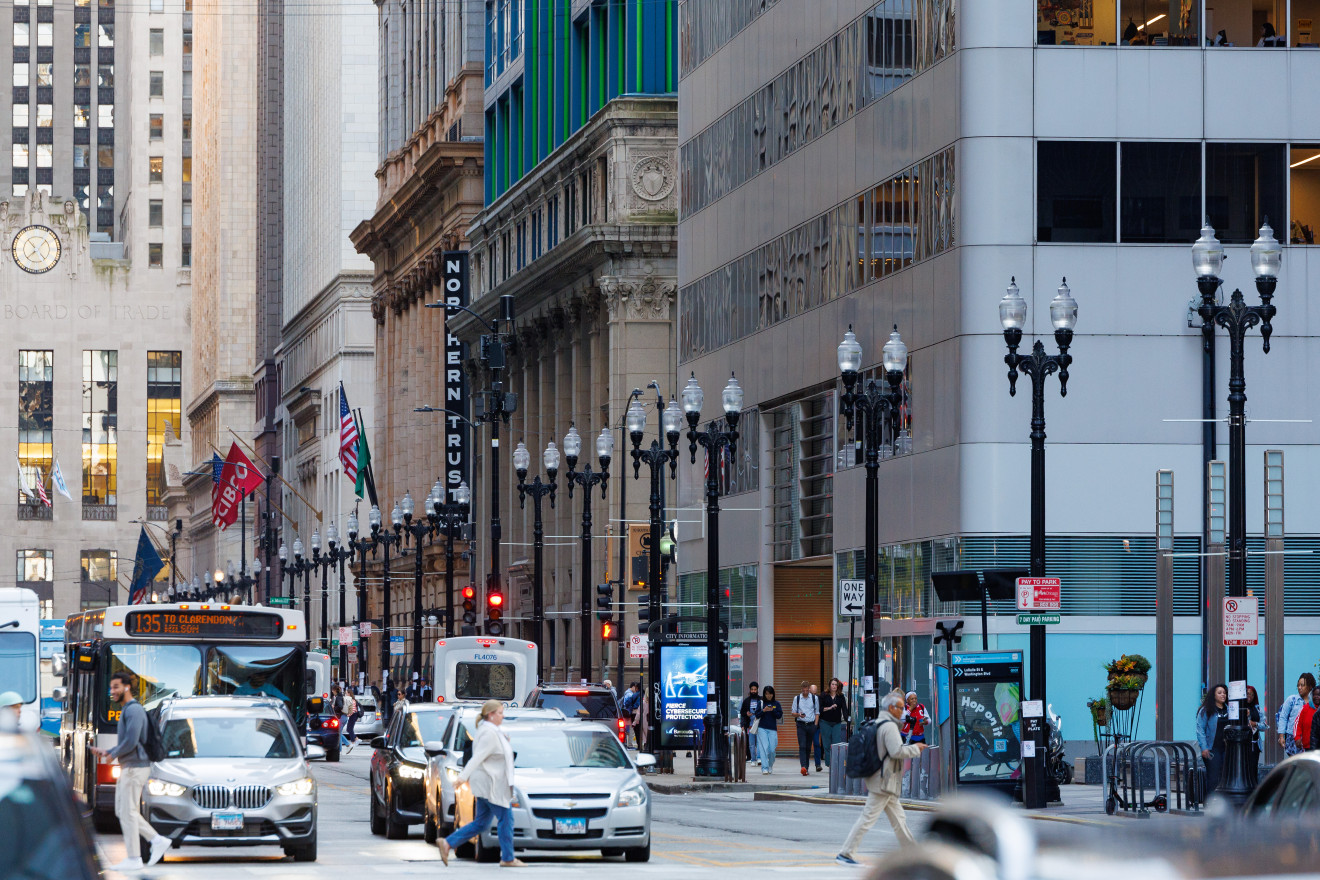
In August, the Chicago City Council unanimously approved an ordinance removing parking minimums for new apartments near transit lines. The change encourages developers to build without parking in areas like the Loop, reducing reliance on cars and incentivizing public transit use. By encouraging higher-density, transit-oriented development, the ordinance also aims to boost ridership at a time when the CTA faces a looming fiscal cliff.
Arts and Culture
Late summer in the Loop was filled with events, which collectively created over $514 million in direct economic impact, surpassing 2024’s Q4 impact. In July and August, Grant Park Music Festival welcomed 142,391 attendees, while Lollapalooza attracted 400,000 music fans to the park. The Chicago Triathlon followed, with more than 8,000 participants competing over two days, solidifying the event as one of the largest triathlons in the world.
In September, DCASE festivals and Sundays on State drew nearly one million collective visitors to the Loop. Theater performances attracted over 375,000 patrons, 11 percent higher than Q3 last year, reinforcing the growing appeal of the Loop’s evolving arts district.
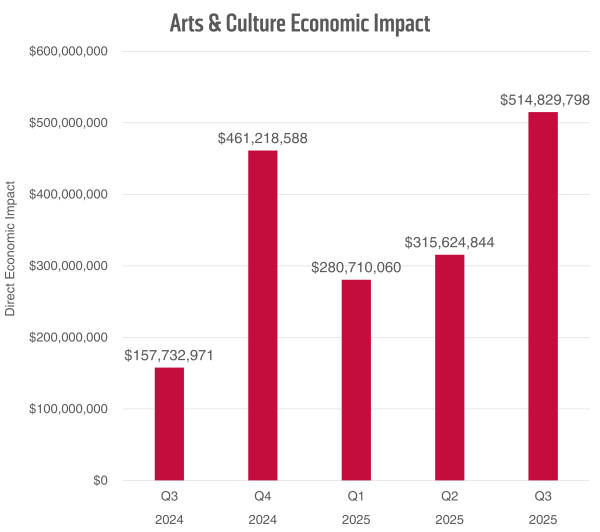
Office
Chicago’s Q3 office occupancy rate averaged 57 percent, the highest number outside of Texas, demonstrating that workers are back in the office even during peak summer vacation season. Companies are investing in office space in the Loop too—notably, CRC Group announced their lease of the 19th floor at 123 N. Wacker after the building’s recent $25 million upgrade and Arrive Logistics plans to move into three floors of new offices at 30 S. Wacker. Despite remote work’s stronghold, companies see the value in interacting with clients in person.
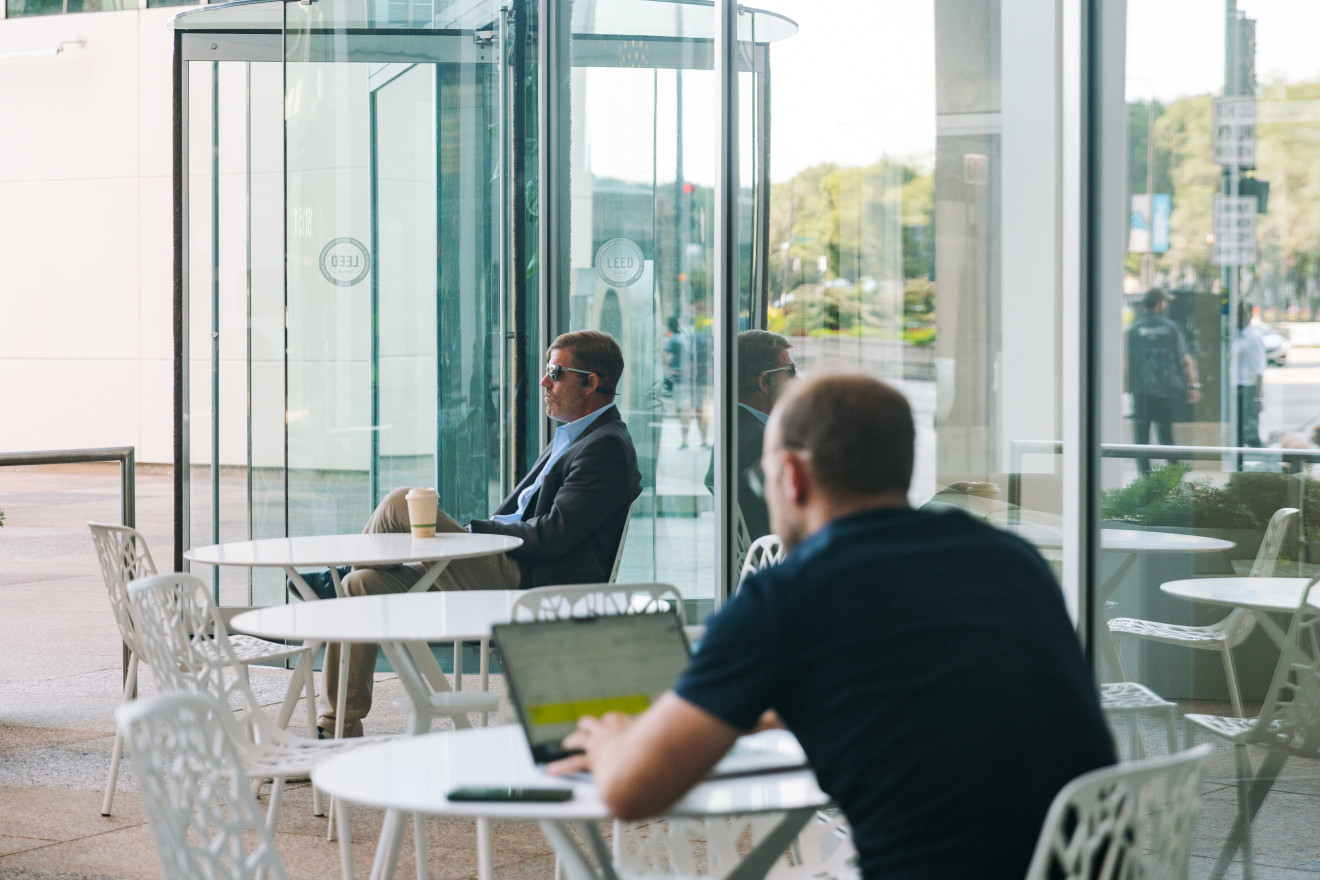
Transportation
Millions of Chicago residents and visitors utilized CTA and Metra for the Loop’s late summer events. Metra ridership increased 12 percent compared to last year, providing 3.6 million passenger trips in July. CTA provided over 3 million rail rides during the week of Lollapalooza, their highest rail ridership week since 2019. CTA’s average weekday ridership in Q2 was 1,005,077, or 79 percent of ridership during the same period in 2019.
Pedestrian activity on State Street in Q3 averaged 89 percent of 2019 levels, with weekend levels topping out at 116 percent of 2019 levels—another indicator that weekend programming and attractions in the Loop draw visitors who would not otherwise be in the area during the week.
Despite these strong numbers, the future of Chicago’s transit network is still uncertain. Fall congressional veto sessions will be held in October to determine if Illinois transit agency budgets will receive funding from the state before reaching a fiscal cliff in mid-2026.
